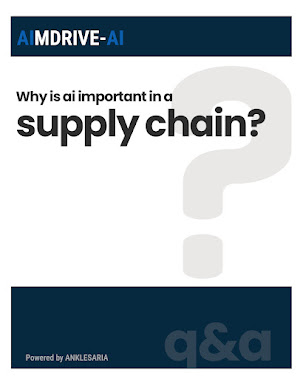Mastering Procurement: Four Winning Strategies and the Power of Cost Management
In today’s competitive landscape, procurement is far more than transactional purchasing — it’s a strategic function that drives innovation, reduces costs, and strengthens your organization’s position in the market. To succeed, procurement leaders must tailor their approach based on the balance of supply and demand power. Below, we explore four core strategies — drawn from Kearney’s Procurement Chessboard — and highlight why a robust cost management plan is essential for turning strategy into savings.
1. Change Nature of Demand
When suppliers command the market, reshape what you buy.
- Standardize or Modularize: Simplify specifications to broaden the vendor base and invite competition.
- Design Collaboration: Work with engineering or R&D to substitute materials or technologies that deliver similar performance at lower cost.
- Aggregate Requirements: Centralize demand across departments or regions to build scale and strengthen negotiating leverage.
- Supplier Diversification: Introduce secondary sources and split orders to reduce dependency on a single provider.
2. Manage Spend
When both demand and supply leverage are low, control every dollar.
- Unify Spend Data: Create a single source of truth for all procurement transactions to improve visibility.
- Spot Maverick Buying: Use analytics to detect off‑contract purchases and channel them into approved agreements.
- Bundle and Batch: Combine smaller requisitions into larger orders to access volume discounts.
- Contract Review: Renegotiate terms regularly to secure rebates, volume‑based pricing, and performance incentives.
3. Leverage Competition Among Suppliers
When you hold the advantage on demand but supply is constrained, let suppliers compete.
- Parallel RFIs/RFQs: Structure simultaneous requests to compare pricing, service levels, and lead times.
- Digital Auctions: Run eAuctions to drive real‑time, head‑to‑head bidding.
- Global Sourcing: Tap into new regions or emerging markets where capacity may be underutilized.
- Transparent Targets: Share internal cost models so suppliers can propose solutions that meet your price benchmarks.
4. Seek Joint Advantage with Suppliers
When both sides have strong leverage, co‑create long‑term value.
- Strategic Partnerships: Establish collaborative agreements with shared goals on cost, quality, and innovation.
- Co‑Innovation Sessions: Invite suppliers into early design or process workshops to uncover breakthrough ideas.
- Integrated Planning: Align demand forecasts with supplier capacity planning to smooth production and minimize safety stock.
- Performance‑Linked Incentives: Tie rebates or bonuses to jointly agreed metrics and milestones.
Why Cost Management Is Non‑Negotiable
No matter which quadrant you occupy, deep cost transparency is the bedrock of effective procurement. A robust cost management plan should include:
- Cost Driver Analysis: Break down total landed cost into materials, labor, overhead, and logistics.
- Benchmarking: Compare your cost structure against industry norms and market data.
- Price vs. Cost Modeling: Differentiate between what you pay (price) and what it should cost based on calculated inputs.
- Continuous Monitoring: Implement dashboards and alerts to catch deviations before they erode savings.
The Ideal Complement: AIMDRIVE‑AI
Kearney’s Procurement Chessboard is a great framework for procurement strategy. In addition, you should ensure you have a robust cost management plan to execute. Regardless of the quadrant you fall into, understanding costs, conducting price and cost analysis, and optimizing procurement decisions are essential.
AIMDRIVE‑AI simplifies this process by providing real‑time cost insights, pricing analytics, and strategic recommendations, ensuring data‑driven decision‑making. It helps procurement teams optimize costs, enhance supplier negotiations, and develop effective cost strategies, making it the ideal tool to complement the Procurement Chessboard.




Comments
Post a Comment